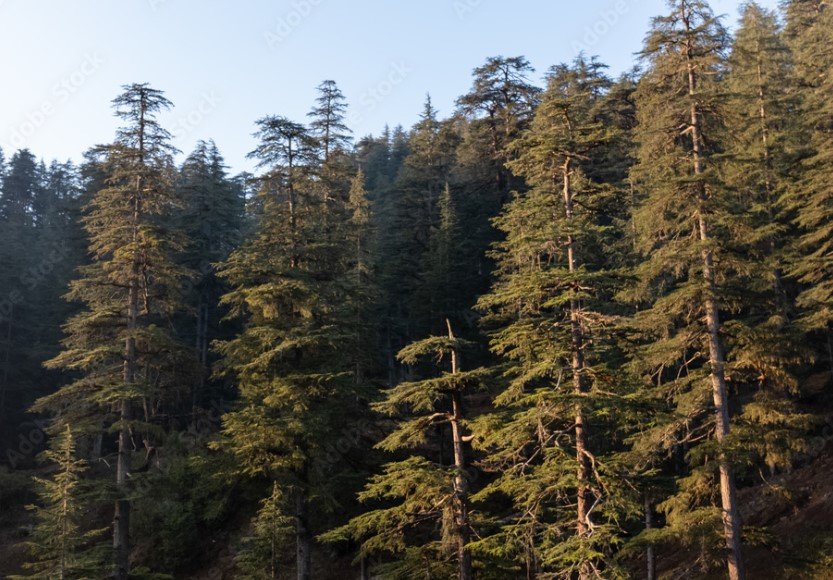The August 5 cloudburst in Dharali, Uttarkashi, might have been far less destructive if the area’s historic deodar tree cover had remained intact, according to scientists and residents.
Trees That Could Have Stood Between Life and Loss
Deodar trees aren’t just tall, beautiful evergreens — they’re natural armor for Himalayan slopes.
Their roots knit the soil together, slowing erosion and blocking debris flows during heavy rain.
Locals in Dharali remember a time when the hills were thick with them. That cover, they say, acted like a living wall between villages and the seasonal wrath of the mountains.
But years of unchecked logging stripped away that protection.
Environmental experts are blunt: without those roots holding the ground, the cloudburst’s torrents had a clear path down.
Science Backs the Warnings
Dr. Ajay Singh Rawat, a historian of Uttarakhand’s environment with decades of field work behind him, told researchers that the loss was “a slow disaster in the making.”
He said multiple studies over the last 20 years have warned that deforestation in high-rainfall zones increases the speed and volume of water runoff.

In Dharali’s case, the August 5 downpour met bare, exposed slopes.
The result was swift — debris-choked water surged into homes and roads before anyone could react.
Scientists say the math is simple: more trees mean slower water, and slower water means fewer lives and homes lost.
How Dharali’s Slopes Changed Over Time
It’s not just a recent problem. Archival surveys from the 1960s show a dense deodar canopy across Uttarkashi’s mid-altitude slopes. By the 1990s, timber extraction for construction and fuelwood had eaten into those stands.
In the last 15 years, tourism-driven infrastructure added pressure. Hotels, homestays, and road expansion projects often meant cutting mature trees.
Small-scale agriculture also crept higher up the slopes, replacing forest with terraced fields.
One telling figure, shared by a state forestry official, shows the scale of loss:
| Year | Estimated Deodar Cover in Dharali (sq km) | Change from Previous Survey |
|---|---|---|
| 1965 | 42 | — |
| 1995 | 29 | -13 |
| 2020 | 18 | -11 |
That’s a 57% reduction in just over half a century.
Why Deodar Trees Matter More Than Most
Other trees help, but deodars are especially valuable in these mountain ecosystems.
Their roots spread deep and wide, creating a dense lattice that resists being washed out.
They also slow down the sheet flow of rainwater, breaking it into trickles rather than torrents.
Environmental engineers point out another benefit: fallen needles and branches form a thick ground layer, absorbing rain like a sponge.
When that’s gone, rain hits bare soil directly, eroding it quickly.
And in a cloudburst — where rainfall can hit 100mm in an hour — every second counts.
The Road Ahead: Planting, Policy, and Public Pressure
In the aftermath, local communities are demanding more than disaster relief.
They want reforestation programs focused on native deodars, not fast-growing but ecologically weaker species like eucalyptus.
Some scientists propose a three-tier plan:
-
Immediate slope stabilization using geo-matting and local stone.
-
Large-scale planting of deodar saplings in degraded patches.
-
Strict curbs on new construction in high-risk zones.
State officials have said they will “review” timber policies, but villagers are skeptical.
As one Dharali resident put it, “We’ve heard promises before. Trees grow slowly, but governments forget quickly.”
The August 5 cloudburst left a trail of wreckage — homes flattened, roads buried, lives lost.
But in the silence after the storm, the missing trees have become impossible to ignore.
